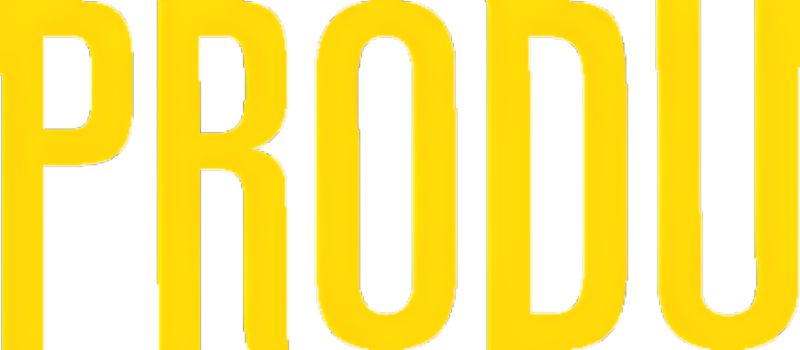MERCADEO Versión en español
Zach Schapira of Sizmek: Define grey lines in programmatic marketing before they define you
Manuela Walfenzao| 14 de junio de 2016
Product Marketing Manager at Sizmek, Zach Schapira, has studied in depth ad blocking, advertising fraud and the strategies publishers have adopted to overcome these problems. ” Although some publishers have relied on the strength of their content to attract more users, others have tried to raise the price of media on their properties, usually by bundling it together with data and/or creative formats and services; a growing niche of publishers are resorting to alternative methods” he pointed out. Schapira explains that alternative methods can be many things and he emphasized that it is not right for a media to place ads in places where no one can see them or charge advertisers on traffic generated by data centers. “For the benefit of all stakeholders, publishers and advertisers alike are now employing verification technology in order to monitor, refund, and in some cases even block this kind of behavior” he added. For the Executive, the next frontier is already here. “You must define grey lines in programmatic marketing before they define you. There are publishers who sell inventory based on a 100% viewable guarantee: advertisers have to pay only for viewable impressions, based on the MRCs definition of having at least 50% of an ads pixels in view for at least one second (display). Lets say that from verification reporting, the advertiser discovers that the publisher has been forcing their iFrames to auto-refresh every 5 seconds. Sometimes it loads the same ad again into that same space, to the same user (costing the advertiser another impression). Other times it cycles through several brands during that same user session (robbing the advertiser of extended brand exposure). Was that fraud? Is it a violation of the terms of sale?” he said. “Advertisers can be proactive about certain publisher practices they find unacceptable, they need to first understand that theyre happening.”
Diario de Hoy
Noticias relacionadas (1)

19 de enero de 2016
Estudio de ANA: El fraude por publicidad en línea se mantiene desde el 2014












